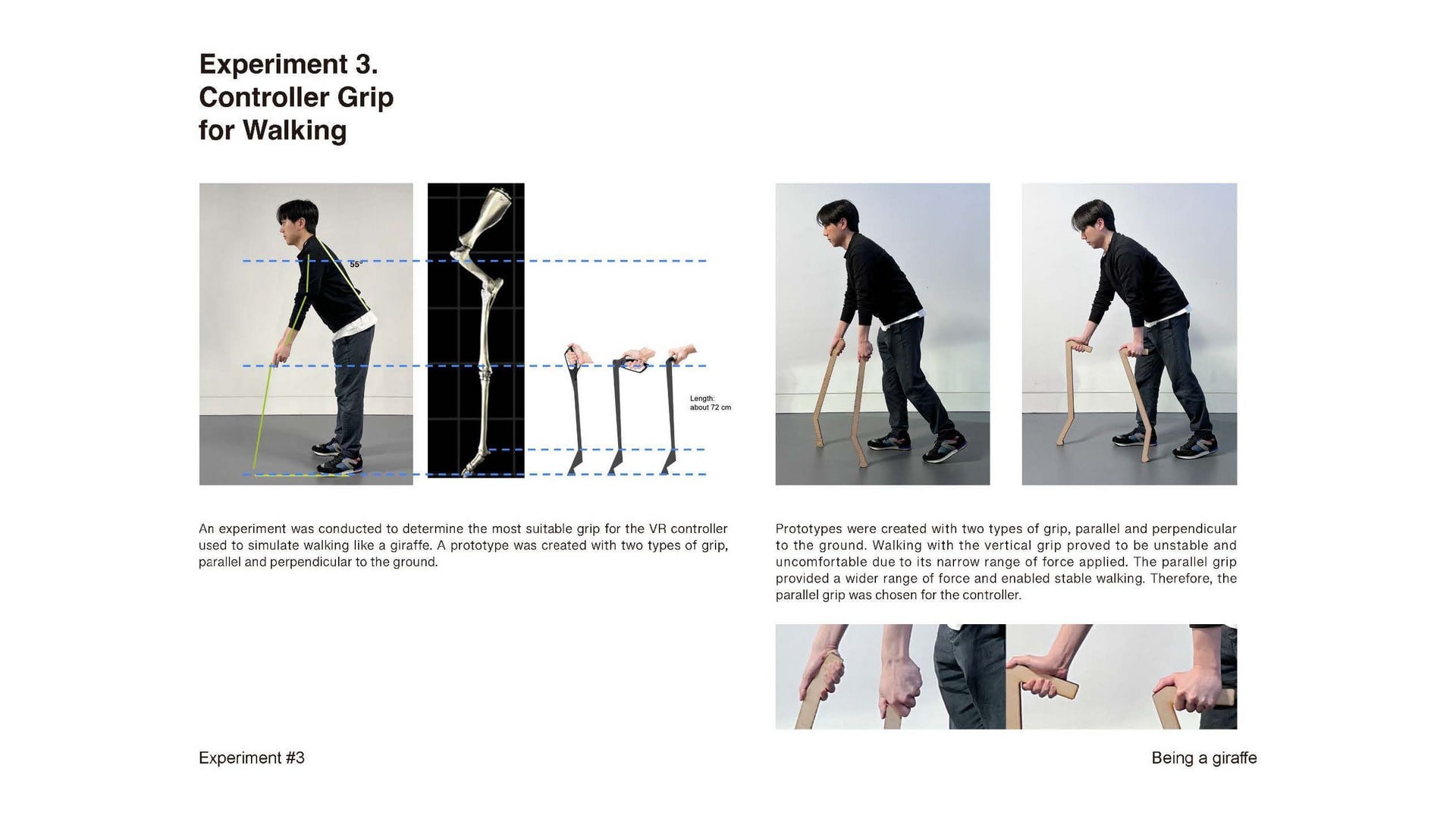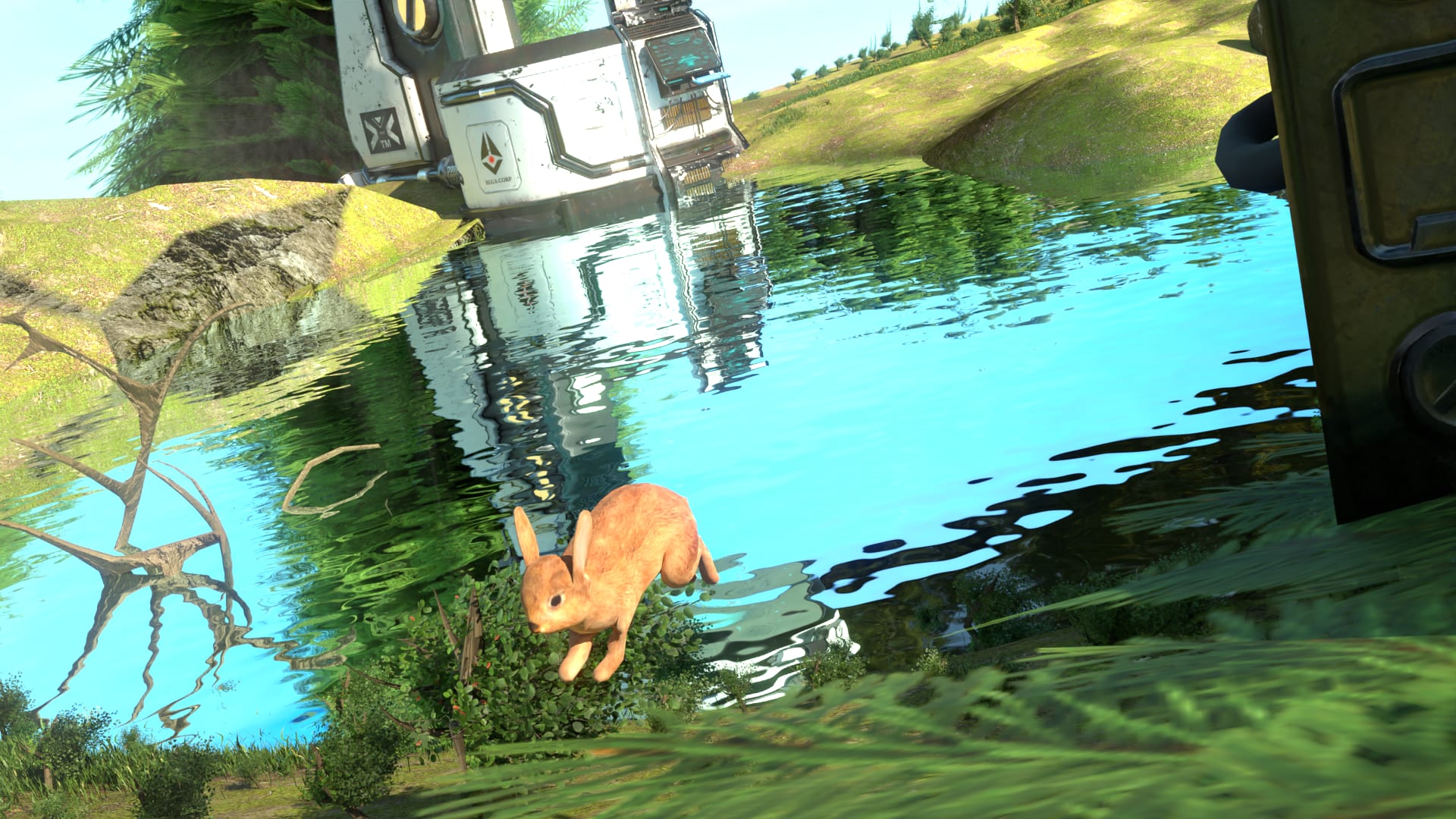During the course of the AcrossRCA project, I had the opportunity to collaborate with other members in exploring the potential of virtual reality (VR) technology in zoo environments. This research theme was born out of contemporary concerns regarding animal welfare and the significant decrease in zoo attendance following the outbreak of the epidemic.
For the Troytopia project, we chose giraffes as the focal point for the VR experience. In their natural ecosystem, giraffes play a crucial role as sentinels, alerting other species to potential dangers due to their height advantage. This cross-species interaction response sparked our interest and inspired our group's decision to examine the giraffe's perspective further.
Moreover, giraffes, as a naturally shy and cautious species, have a higher probability of experiencing stress when exposed to human contact, noise, and movements within a zoo setting. Additionally, as a mid-level herbivore, the giraffe plays a vital balancing role within the ecosystem, making it a suitable candidate for studying the impact of captivity and exhibition on animal psychology and well-being.
Our project output consists of two components: a physical VR manipulator made from bionic giraffe forelimbs and a VR gaming experience. Through taking on the persona of a giraffe within a zoo setting, visitors can gain a scientific and physiological understanding of giraffe posture and behaviour, as well as experience the daily life of a giraffe. Meanwhile, the VR game component portrays the journey of animals from captivity to a world of freedom, using art and fantasy to raise awareness about animal rights and the impact of zoos.
Our project aims to provide visitors with a more neutral perspective of the entire ecosystem, rather than viewing other animals from the vantage point of a superior human predator. Our overarching goal is to influence zoos' decisions about animals, using the Trojan Horse concept to infiltrate and gradually replace real animal exhibits with virtual ones.
Overall, our project represents a unique and innovative approach to addressing contemporary concerns about animal welfare and the impact of human intervention on the environment.

















